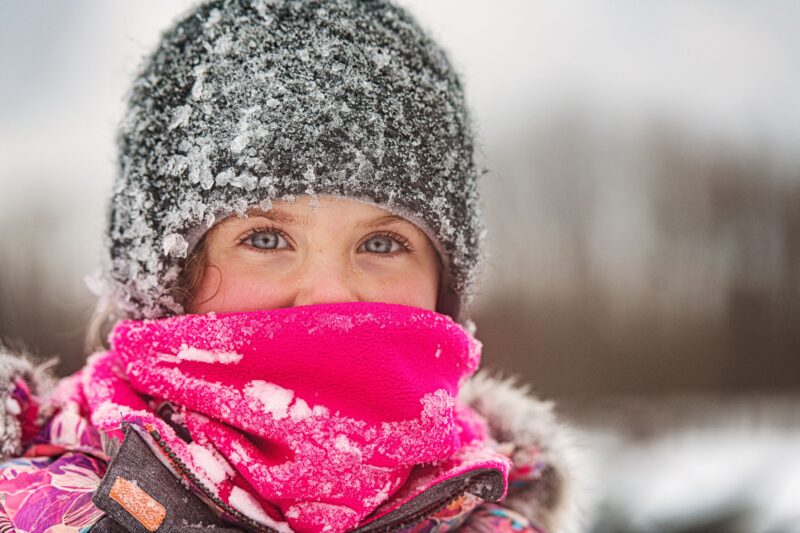
During the winter months, frostbite injuries are common when temperatures dip below zero degrees. At this temperature, severe frostbite can occur in as little as 15-30 minutes of exposure. Hypothermia and frostbite can lead to loss of limbs (fingers, hands, toes, feet), and it can also be life-threatening in severe cases.
According to Dr. Anjay Khandelwal, director of the Adult and Pediatric Burn Institute, supported by the Paul and Carol David Foundation, much like heat injuries, there are varying degrees of frostbite.
“Early signs of frostbite (or frostnip) include redness of the fingers, toes, nose and ears (most common areas), numbness and/or tingling and pain of the affected areas,” he said. “Second degree frostbite is characterized by blistering of the skin, third degree is dark or bloody blisters, and fourth degree is when the skin becomes necrotic or gangrenous which could lead to the need for amputation.”

Dr. Anjay Khandelwal, director of the Adult and Pediatric Burn Institute, says tissue plasminogen activator (tPA), the same drug used to treat stroke, has shown promise restoring blood flow to parts of the body affected by severe frostbite and can decrease the chances of amputation when used promptly after exposure.
However, when patients are seen quickly after suffering severe frostbite, doctors have had some success using tissue plasminogen activator (tPA) – the same clot busting drug that’s commonly used to treat stroke.
“The cold temperatures essentially freeze the tissue and cause blood to clot in the tiny blood vessels in the tips of fingers and toes,” explained Dr. Khandelwal. “tPA works to break up these clots and restore the blood flow in these blood vessels.
“Ideally, it should be administered within 12-24 hours (the earlier the better) of thawing or cessation of cold exposure,” he added. “After 24 hours, the damage is permanent and tPA will not work. Time is of the essence, and prompt patient transfer directly to a verified burn center is critical.”
Dr. Khandelwal said some patients may not be candidates for tPA because it can cause severe bleeding.
“We utilize a state-of-the-art technology to better predict which patients will benefit from tPA, thus enhancing patient safety,” he said. “We are the only burn center in northern Ohio to utilize this for frostbite.

One of the best ways to avoid frostbite is to limit exposure to the outside during extreme temps and also to dress appropriately for the weather.
“We’ve had a number of patients who we thought would need an amputation that were saved, and in many other cases only lost the tips of their fingers or toes as opposed to entire fingers/toes or even part of their hands or feet,” he added.
Dr. Khandelwal offers the following tips to avoid frostbite:
- Avoid alcohol or other illicit substances, which can impair judgment.
- Smoking and/or nicotine consumption is a known risk factor and may exacerbate frostbite injuries.
- Wear appropriate clothing in the winter months (socks, good shoes, gloves, hat, etc.)
- Don’t walk in the snow for a long period of time.
- Change wet clothing items or shoes immediately. Skin that is wet and cold can speed up the frostbite process. Wet clothes draw heat away from the body.
- If your fingers/toes, hands/feet do get red, or have numbness or tingling:
- Promptly go indoors and stay indoors (re-exposure to cold is very bad).
- Don’t rub the affected areas.
- Soak the affected areas in warm, not hot, water for 15-30 minutes.
- Apply loose, warm clothing to the affected areas.
- If redness, numbness or tingling is persistent despite these steps, or if there is blister formation, promptly seek medical attention. An expedited referral to a verified burn center is crucial with any blister formation.
For more information on frostbite, visit https://www.akronchildrens.org/kidshealth/en/parents/frostbite.html.











